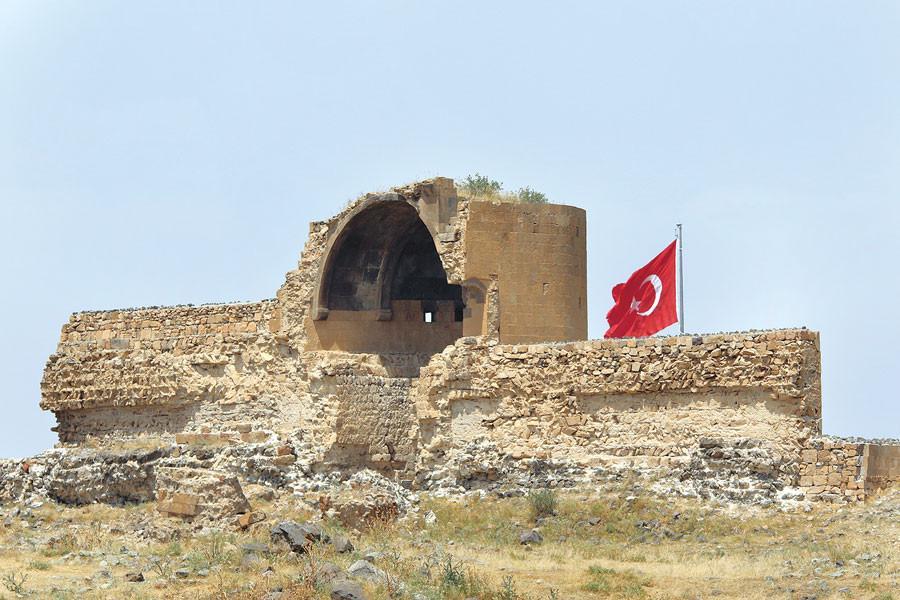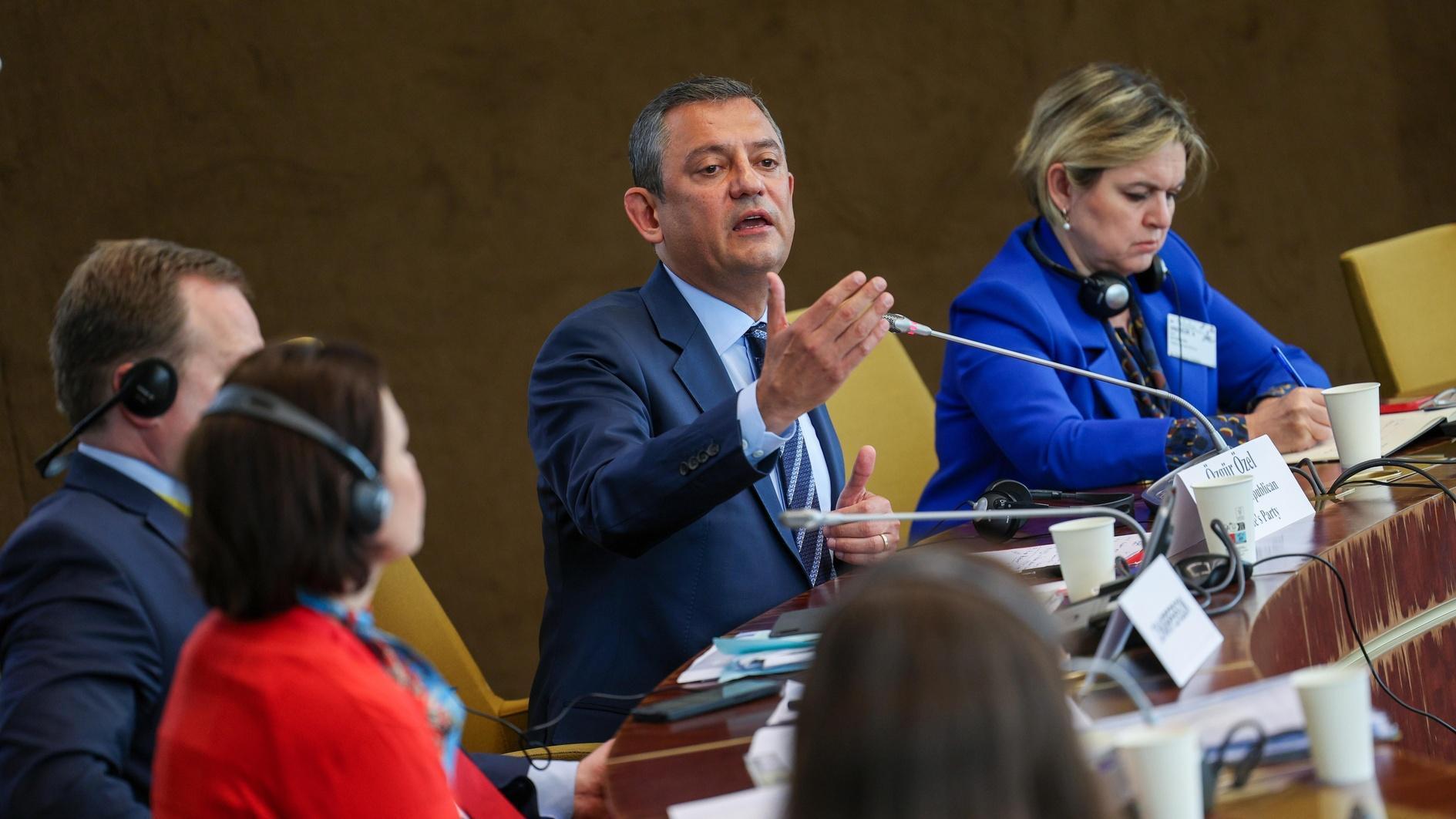Unseen face of Ani being unearthed
KARS

Archaeological excavations in the ancient city of Ani, located on Turkey's border with Armenia and called the cradle of civilizations as it had been home to many civilizations, have so far unearthed historical richness.
The ancient site, close to Kars’ Arpaçay district, was the capital of the Armenian rulers in the Bagratuni Dynasty between 961-1045 A.D.

It is also home to Islamic artifacts from the 11th and 12th centuries and was inscribed on the UNESCO World Heritage Tentative list on July 15, 2016.
Archaeological works in the ancient city have been continuing under the head of the Pamukkale University Archaeology Department academic Professor Dr. Fahriye Bayram. Works are carried out in front of the walls that played a great role in its recognition by UNESCO. Students and academics of Akdeniz, Pamukkale, Ardahan and Muğla universities attend the excavations in the ancient city.
Speaking to state-run Anadolu Agency, Kars Provincial Culture and Tourism Director Hakan Doğanay said the number of tourists increased by 300 percent after its recognition by UNESCO.
“It is said there are 3 million tourists following the artifacts inscribed on the UNESCO World Heritage list. Some 100-110,000 people have visited Ani,” said Doğanay.
He said the environmental arrangement was about to be finished in the ancient city and that the welcome center would be finished in May 2019.
Doğanay said a team of 30 persons worked in Ani for 45 days a year. Their goal was to show unknown and unseen parts of the city to history and culture lovers, he said.
The director also said 21 artifacts were intact in the ancient city.
“Many civilizations that lived in Ani will be unearthed during these excavations. Ani is the capital of ancient cities in Turkey. It will receive the number of visitors it deserves after the end of restorations,” he added.
Bayram said they had been working in Ani since 2012. “The main goal of the works in Ani is to reinforce artifacts that are intact before unearthing new ones underground,” she said.
The professor said they worked in front of the damaged northern walls.
“Restoration projects were made by the ministry but before the project, we need to dig the ancient city. We have started the excavations in the lion gate and are processing through the east. We have removed the debris in front of the walls. We have opened a big part of the walls. We have also cleaned the bastions,” she said.
















